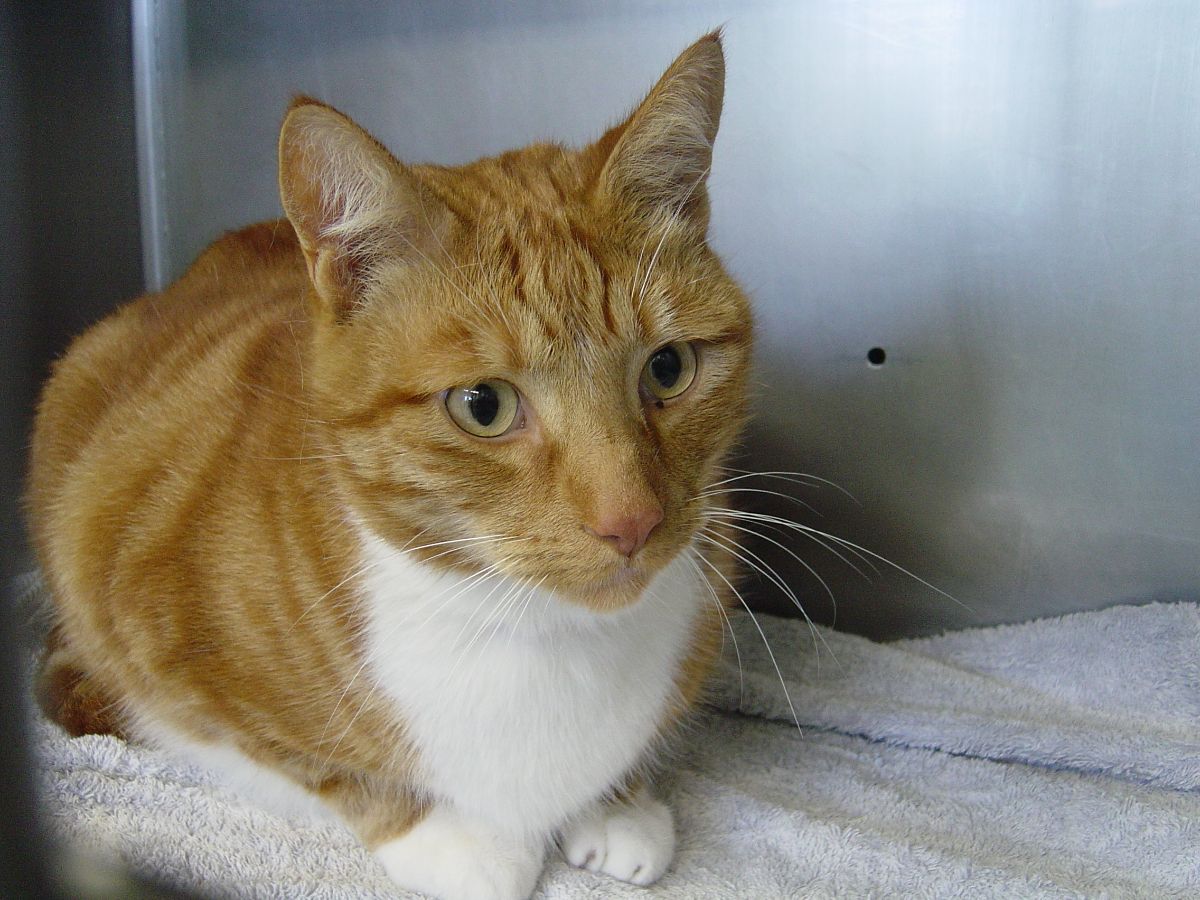Last week was very distressing for one of our most handsome patients, Oli Boli, because he developed a severe and very painful case of FLUTD (Feline Lower Urinary Tract Disease).
FLUTD causes inflammation of the bladder and urethra in both males and females. However, in tomcats like Oli Boli, it can obstruct urine flow through the urethra. This is extremely painful and, without treatment, is fatal because the patient essentially has acute kidney failure.
Luckily for Oli Boli, Dr Cathy Opie quickly recognised his medical emergency. She gave IV fluids and supportive care before taking him to surgery and catheterising Oli Boli to get his water works flowing again. “He was a tough FLUTD case,” Cathy later said. “It was like threading a needle, except the needle’s eye was blocked!” Cathy’s very experienced and has treated many FLUTD patients, so for her to say that is saying something! Thanks to Cathy’s skill and the great care he received afterwards from Leah, Carmen and Devon, Oli Boli came through and is now recovering at home.
For cat lovers, Oli Boli’s bout of FLUTD is a timely reminder to be vigilant about this disease. The causes have been researched worldwide and we know some cats develop FLUTD from infections and their diets, but the vast majority have no clear cause. What we do know is FLUTD usually strikes young cats under 10 years of age and affects males and females, but the females rarely get blocked. Indoor cats are at greater risk and social stressors, like multicat households, and environmental stressors seem to be triggers. Interestingly, even though it can occur year-round, in our practice we see a seasonal incidence of FLUTD in Spring and Autumn, as have some overseas studies.
What do we look for? FLUTD cats show signs that we associate with ‘cystitis’ like frequent urination, painful straining, passing small amounts of blood tinged urine or no urine at all. It is so painful some cats cry. If you see these signs it’s time to call The Pet Doctors. Don’t delay, if we catch things early, we can sometimes prevent an obstruction or, if the cat is blocked, the sooner we treat the greater the chances of survival.

